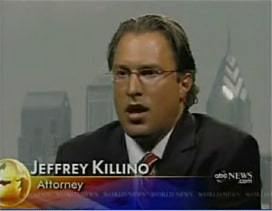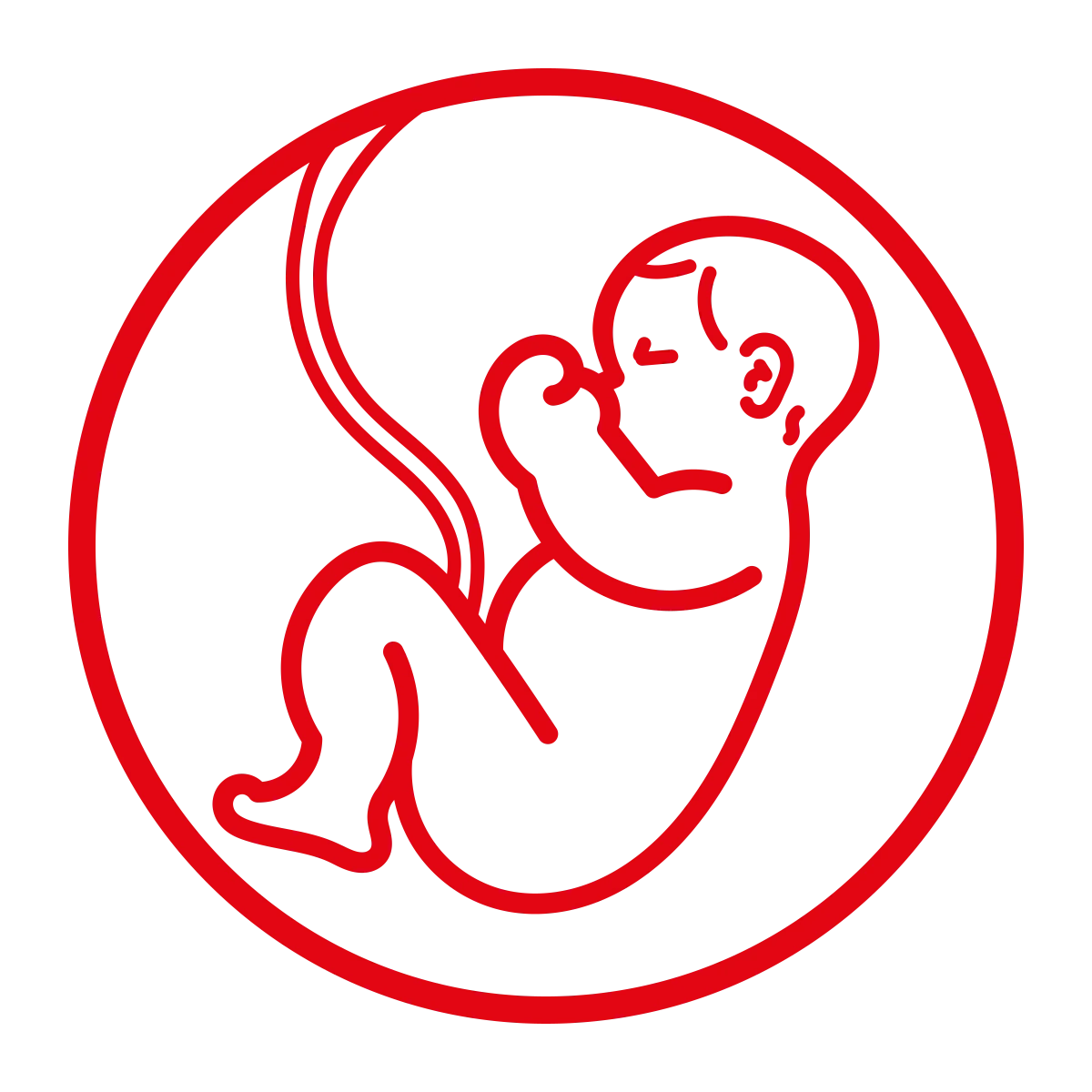Carbon Monoxide Poisoning Lawyers
Carbon monoxide poisoning kills at least 430 people in the United States every year and seriously injures around 50,000 others.
This invisible and odorless gas is found in the fumes produced by furnaces, kerosene heaters, vehicles “warmed up” in garages, stoves, gas ranges, portable generators, or by burning charcoal and wood. Should carbon monoxide accumulate in an enclosed or partially enclosed space, the consequences can be catastrophic for any people or animals in the area.

The Killino Firm’s carbon monoxide poisoning lawyers have a successful record helping the victims of negligent acts and defective products obtain the compensation they deserve and have earned national recognition for our aggressive pursuit of justice on behalf of our clients. If you or a loved one were the victim of preventable carbon dioxide poisoning and would like to speak with an attorney, please contact our law firm toll-free by calling 877-875-2927.
About Carbon Monoxide Poisoning
Carbon monoxide, or CO, is a colorless, odorless, and tasteless gas produced when any fuel burns. Carbon monoxide poisoning occurs when CO accumulates in the bloodstream and displaces the oxygen normally carried by red blood cells.
Improperly ventilated appliances and engines, particularly in a tightly sealed or enclosed space, may allow carbon monoxide to build to dangerous levels. Exposure to the gas can lead to severe tissue damage and even death.
People and animals can suffer carbon monoxide poisoning in an enclosed or partially enclosed space where fuel is burning. Since CO has no odor, color, or taste, it cannot be detected by our senses. Dangerous concentrations of the gas can build up indoors, and humans have no way to detect the problem until they become seriously ill.
Carbon Monoxide Poisoning in Homes/Apartments
Homes and apartments with fuel-burning appliances or attached garages are more likely to have problems with carbon monoxide. Common sources of CO poisoning in the home include:
- Clothes dryers
- Water heaters
- Furnaces or boilers
- Fireplaces, both gas and wood-burning
- Gas stoves and ovens
- Motor vehicles
- Grills, generators, power tools, lawn equipment
- Wood stoves
- Tobacco smoke
The most common causes of in-home carbon monoxide poisonings include:
- Lack of or Defective CO detectors.
- Blocked flues and chimneys.
- Burning fuel in an enclosed or unventilated area (running car engine, petrol-powered generator or BBQ inside a garage, or a faulty boiler in an enclosed kitchen).
- Use of risky alternative heating and power sources (portable generators, charcoal briquettes, propane stoves, or grills) during power outages.
- Keyless ignition vehicles in garages.
Carbon Monoxide Poisoning on Boats
According to U.S. Coast Guard’s report on 2017 Recreational Boating Statistics, carbon monoxide poisoning not only ranks fifth in the top five known causes of death among boaters but is also the most common cause of illness and death by poisoning in boaters. In fact, more than 800 people have been poisoned by boating-related CO in the last 15 years, with over 140 of these poisonings resulting in death.
Situations that can lead to boat-related CO poisoning include blocked exhaust outlets, exhaust from another vessel docked nearby, and back drafting or “station wagon effect” where exhaust re-enters a boat that is cruising under certain conditions.
Traveling at slow speeds or idling in the water can also cause CO to build up in a boat’s cabin, cockpit, bridge, aft deck, or open area. Wind from the aft section of the boat can increase this buildup of CO.
Carbon Monoxide Poisoning in Cars/SUV/Trucks
Every year, hundreds of people become ill or die because of CO poisoning that occurs while they’re driving or stranded in a car, SUV, or truck. The most common causes of vehicle-related carbon monoxide poisoning include:
- Defective exhaust systems/emission system.
- Leak/block in exhaust pipe, such as after heavy snowfall.
- Driving a vehicle with the trunk lid or rear tailgate open.
- Driving a vehicle with holes in the car body.
- Allowing children to ride under a topper on a pick-up truck.
- Warming up a vehicle in a garage, even with the outside garage door open.
- Operating vehicles in a garage, carwash, or any enclosed building.
Complaints about exhaust fumes in Ford Explorer SUVs have led to dozens of carbon monoxide poisoning lawsuits. In 2017, the National Highway Traffic Safety Administration (NHTSA) investigated over 150 reports of exhaust fumes emanating from Ford Explorers. The agency subsequently expanded its investigation to include Ford Police Interceptors, an Explorer SUV modified for police use, following several complaints from law enforcement officers around the country regarding carbon monoxide fumes.
Carbon Monoxide Poisoning in Hospitality Settings
Within the hospitality industry, there have been a number of documented carbon monoxide incidents over the years, including several that occurred at hotels, motels, resorts, vacation rentals, and home shares like Airbnb. Some of the more common sources of CO in hospitality establishments include:
- Pool heaters
- Boilers
- Oil burners
- Water heaters
- Furnaces
- Solid fuel appliances
- Laundry equipment
- Diesel fire pumps
- Ranges
- Portable generators
Symptoms of Carbon Monoxide Poisoning
Because carbon monoxide gas is both odorless and colorless, many victims aren’t aware there’s a problem until they become seriously ill. For that reason, it’s essential to recognize the signs of CO poisoning.
Symptoms of low to moderate carbon monoxide poisoning may include:
- Headache
- Fatigue
- Shortness of breath
- Nausea
- Dizziness
Exposure to high levels of carbon monoxide may cause:
- Mental confusion
- Vomiting
- Loss of muscular coordination
- Loss of consciousness
- Death
If unrecognized and untreated, CO poisoning can result in irreversible brain damage and even death. If you suspect that you or someone else is suffering from carbon monoxide poisoning, get into fresh air immediately and seek emergency medical care.
How to Prevent Carbon Monoxide Poisoning
Fortunately, carbon monoxide poisoning is entirely preventable. To protect yourself and your loved ones:
- Install a battery-operated or battery back-up carbon monoxide detector in your home, and check or replace the battery when you change the time on your clocks each spring and fall. Leave your home immediately and call 911 if your CO detector goes off.
- Have your heating system, water heater, and any other gas, oil, or coal-burning appliances serviced by a qualified technician every year.
- Have your chimney checked and cleaned every year, and make sure your fireplace damper is open before lighting a fire and well after the fire is extinguished.
- During and after a storm, make sure nothing is obstructing the outside stack or vent for your dryer, stove, furnace, and fireplace. Don’t burn anything in a stove or fireplace that isn’t vented.
- Never use a generator, charcoal grill, camp stove, or other gasoline or charcoal-burning device inside your home, basement, or garage or outside less than 20 feet from a window, door, or vent.
- Never allow a car, truck, or SUV to run inside an attached garage, even if you leave the door open. Have vehicles inspected annually to ensure their exhaust systems are functioning properly.
- If you own a boat, be sure to schedule regular engine and exhaust system maintenance and consider installing a CO detector in the accommodation space. Never swim under the back deck or swim platform, as carbon monoxide builds up near exhaust vents. And remember that the symptoms of CO poisoning are similar to seasickness.
- Take your own battery-operated travel CO alarm along whenever you’re staying at a hotel, motel, resort, or vacation rental.
Can I Sue for Carbon Monoxide Poisoning?
When carbon monoxide poisoning results from a defective product or negligent actions, filing a lawsuit against the responsible parties may allow victims to recover compensation for:
- Past and future medical bills
- Physical impairments
- Lost wages
- Pain and suffering
- Loss of Quality of Life
In cases where CO poisoning proves fatal, surviving family members may be able to recover compensation for funeral expenses, loss of income, and other damages through a wrongful death lawsuit.
Causes of action may include:
- Negligence claims against an outside contractor (i.e., a hotel maintenance company that neglected to perform their semi-annual inspections, a mechanic who failed to notice an exhaust leak, or a gas fitter who improperly installed a furnace, etc.)
- Premises liability claims against a landlord, the owner of a hotel, business, other commercial property, or a vacation rental or home share.
- Product liability claims against the manufacturers, distributors, and sellers of a defective furnace, generator, or other product responsible for a carbon monoxide leak.
Contact The Killino Firm Today
The Killino Firm’s carbon monoxide poisoning lawyers have the knowledge, experience, and resources to ensure those responsible for your family’s pain and suffering are held accountable. To speak with an experienced attorney today, please contact our law firm toll-free at 877-875-2927.








